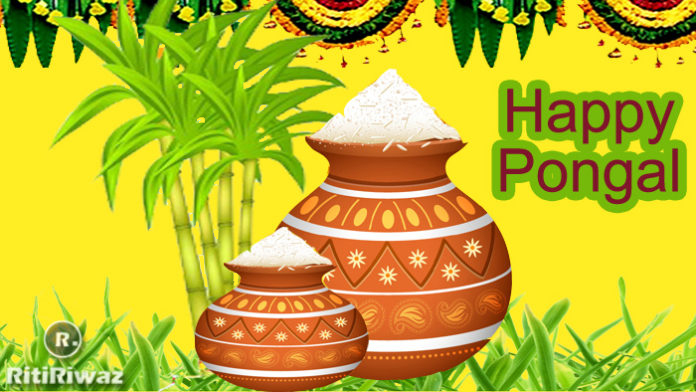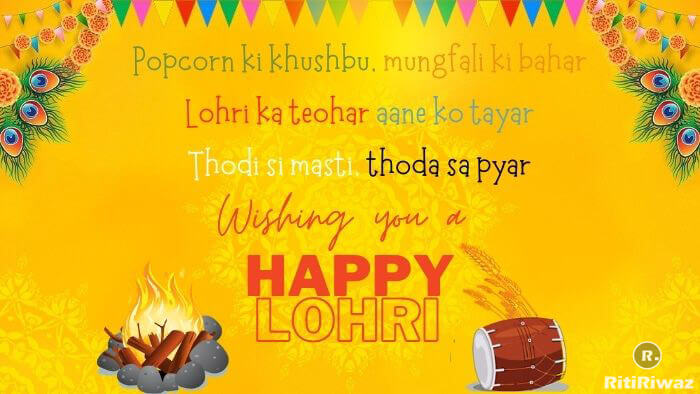Dadra and Nagar Haveli and Daman and Diu – Culture and Tradition
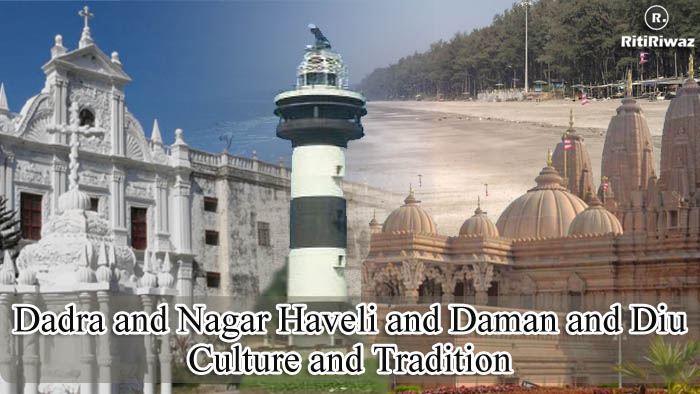
Dadra and Nagar Haveli and Daman and Diu is a union territory in western India and was created by merging the two original union territories Dadra and Nagar Haveli and Daman and Diu. This union territory has four areas that were part of Portuguese and came under Indian administration in the mid-20th century. Daman is chosen as the capital of the new combined union territory.
Daman is on the southern portion of Gujarat state and Diu is an island near Una of Junagarh District in Gujarat State. While Nagar Haveli is in between Maharashtra and Gujarat, the smaller enclave of Dadra is surrounded by Gujarat. It has a hilly terrain surrounded by ranges of Sahyadri ranges of Western Ghats. The terrain is intersected by the river Daman Ganga and its three tributaries.
History of Dadra and Nagar Haveli and Daman and Diu
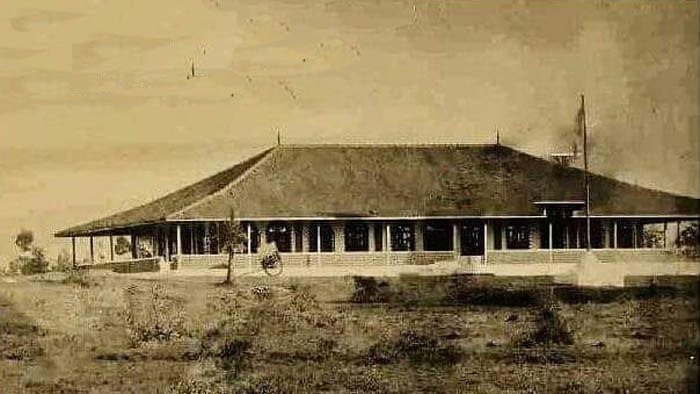
The Portuguese rule lasted for about 450 years in this region. Goa and Dadar Nagar Haveli were also under Portuguese occupation. On 19 December 1961, Goa and Daman, and Diu were made part of India. The territories of Daman and Diu were under the Portuguese regime from 1546 to 1961.
Until 1987, Goa and Daman Diu were considered to be a single union territory. But in 1987, Goa was given the status of a state, and Daman and Diu got the status of a separate union territory. Daman and Diu are located at a distance of 650 km from each other.
Dadra and Nagar Haveli were also occupied by the Portuguese. It was annexed by the Portuguese in 1779 and was incorporated into India in 1954 after India gained independence. Till 1961, this union territory was not controlled by any system of governance and was self-governing. But later that year it was declared a union territory of India. To the east of Dadar and Nagar Haveli are the Western Ghats, to the north and east are the districts of Gujarat and to the south are some districts of Maharashtra. Due to the Western Ghats in the northeastern direction of Dadar and Nagar Haveli, a little of the region here is made up of hills, but the part between it is a completely plain region and is very useful for farming.
In July 2019 Government of India proposed merging the two union territory as Dadra and Nagar Haveli and Daman and Diu. The Dadra and Nagar Haveli and Daman and Diu (Merger of Union Territories) Bill, 2019 are being introduced for better administration. The bill was passed in December 2019 and came into effect on 26th January 2020.
Dadra and Nagar Haveli and Daman and Diu Language
Most of the people of this union territory have their mother tongue as Gujarati because the people of the Damania caste here speak mostly in Gujarati. Along with Gujarati, Hindi and English are also the official languages here. Both these languages being the official languages of the central government of India are also the official languages of the union territory. The people here have their language but mostly Bhili and Bhilodi languages are spoken here. As the region is near Maharashtra and Gujarat, Hindi, Marathi, and Gujarati languages are also spoken here.
Culture
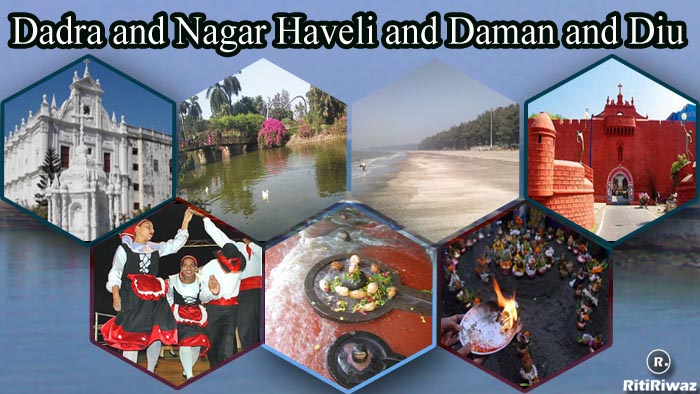
The territories are known for their beautiful beaches and historic forts and churches and are known for its glorious past and rich culture. Their culture is a blend of Indian and Portuguese culture. The customs, beliefs, rituals, traditions, and habits followed by the people are largely Indian with traces of Portugal’s influence. Most of the people here belong to different tribes. Kokna, Warli, Koli, Dhodia, Kathodi, Siddi, Naika, and Dublas are the most important tribes here. Every tribe here has its own different culture and is completely different from the culture of others, their practices are also completely different from each other.
The people here are very warm and friendly, they are fun-loving and enjoy all seasons. Hospitable and kind, they follow age-old traditions and are happy for visitors to explore their rich and varied art, music, folklore, and dances. They have their different folklore and folk literature and all try to keep this priceless literature well. Songs and dances are the most important part of the culture of the people here, and people perform different songs and dances on specific occasions such as after harvest, on the occasion of marriage, and when someone dies.
Apart from the tribe of Dadar and Nagar Haveli, people of other religions also live here. They too have their festival, they also have their own culture. But here 95% of the people of the Hindu religion live. All festivals and fairs are celebrated with pomp and grandeur.
Suggested Read: Culture and Tradition of Indian States
Costume
The costume of Daman and Diu is influenced by Gujurati costumes as well as Portuguese culture. Women usually wear Ghaghra with blouse and odhani. Saree and Salwar Kameez are also popular among women. Jeans, Skirts, and tops can be seen among modern ladies. While Christians prefer European costumes.
Men can be seen wearing dhoti or pajama with kurta or shirt, the latest fashion dress jeans and shirts are also popular among men.
Suggested Read: Traditional Dresses Of Indian States
Cuisine
Dadra and Nagar Haveli and Daman and Diu have a heterogenous culture and their food is strongly influenced by neighboring state Gujarat. You can find authentic Parsee dishes and mouth-watering seafood in the area. As the area is near Gujarat hence Gujarat cuisine form a major part of their food.
Some of their favorite dishes are Chokha, with saag and curry, Puri, lapsee, dudh-plag, Chicken bullet, Fish Koliwada, Cozido, Val nascido, Crabs, and lobsters are well eaten. Aleti Paleti with chicken liver and gizzard, bheja na cutlets, Parsi kheema, boi, batter-fried Bombay ducks, akuri are some of the popular Parsi dishes.
Suggested Read: Famous Food Of Indian States
Fairs and Festival
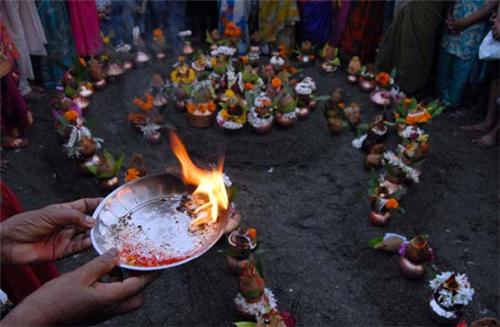
The area celebrates a lot of festivals starting with Makarshankranti in January till Christmas and New Year’s eve celebration in December. Diu Festival is held in December and is arranged by the tourism department. Some of the major festivals of the area are Makarshankranti, Holi (festivals of colors), Janmashtami, Rakshanbandhan, Diwali, Id, Christmas and New Year. The Garba Dance Festival is also importantly celebrated here. During this festival, people dance gaily, wearing colorful costumes.
Gangaji Fair is held every year near the Somnath Mahadev Temple in Daman. Nariyal Poornima is an important festival that marks the beginning of the fishing season. The Parsees have their Parsi New Year celebrations.
Dance and Music
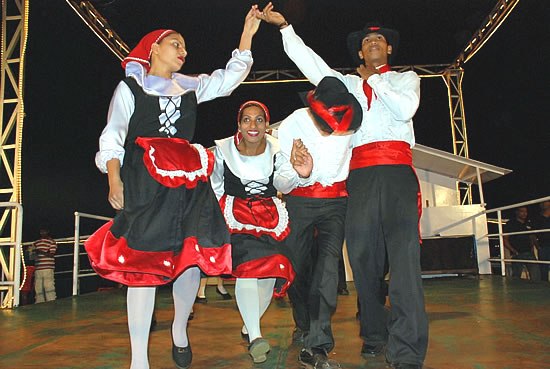
Dance and music are a big part of their lives and are a must-see at tribal festivals and fairs that you can best experience in Silvassa. Their musical instruments are made of locally available material like clay, gourd, bamboo, dried fruits and vegetables, wood and leather, and are prepared by the tribal’s themselves.
Their main dance form is Tarpa Dance, Bhawada Dance, Tur and Thali Dance, Verdigao Dance, Vera Dance, Gheria Dance, and Dhol Dance, Portuguese dances are also popular in the area. Garba dance of Gujarat is performed during the Navaratri festival, by women wearing colorful costumes and ornaments and Machhi Dance is also popular among the fisherman community.
Art and Crafts
The most popular crafts are making leather slippers and weaving mats and baskets of bamboo. Bamboo and cane is a natural forest resource used to make sofa sets, murhas, mats, basketry, tray, chair, table, flower vase, ashtray, and other decorative utility articles. Wood-carving is an ancient art of the region and the woodcarvers produce life-like figures of animals, artistic objects of everyday use as teapots, table lamps, stools and toys for children.
Artistic jars, water pots, and other utility articles are prepared from clay. Banana stumps and bamboos are used to make many articles. Hand-embroidery is a fast expanding craft practiced both by men and women and is a simple technique by mounting plain cloth with the help of a needle. Bed-covers, handkerchief, TV covers, table cloth are major products made.
Famous Personality
- Mario Miranda: Cartoonist born in Daman and Diu
- Lalubhai Patel: Politician born in Daman and Diu
- Shirley Setia: Singer born in Daman and Diu
- Ajay Sinh Rathod: Actor born in Dadra and Nagar Haveli
- Mohanbhai Sanjibhai Delkar: Politician born in Dadra and Nagar Haveli
- Jaikishan: Singer born in Dadra and Nagar Haveli
Tourism
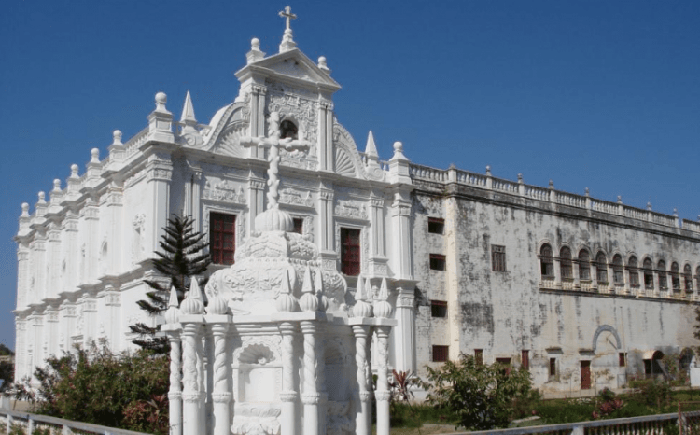
Diu is a beautiful island located nearby the coast of Kathiyawad region at Veraval port. Diu is a major tourist center that has many attractions and sightseeing like Bunder Chowk, Fort, Panikota, St. Paul’s Church, INS Kukri. Diu is more popular as a tourist place because of the natural beaches available very near to Diu like nagoa beach, Jalandhar beach, ghoghla beach and Diu city area itself located on the beach. The Fortress of Panikotha is an incredible structure built of stone and situated right at the entrance to the creek. Another imposing structure is the Fort of Diu situated on the eastern side of the island. Gangeshwar Temple is one of the sightseeing & tourist attractions that you must visit during your holidays because of its mythological and historical value in Daman and Diu.
The Tribal Cultural Museum located in Silvassa is the main attraction of tourism, and one can get a closer look at the culture and history of the place after visiting here. The museum offers a variety of masks, different musical instruments, fishing gadgets, and different mannequins. There are two museums, in Daman and Diu, the Sea Shell Museum and St. Thomas Church Museum.
Silvassa is only 20 km away from Khawelt. There are dense forests and trees on both sides of the road leading to Khawethel. This beautiful state has lush green hills all around. The Sakartod River flows from Khawhel.
Only 5 km away from Silvassa lies the Vanganga Lake and the beautiful Island Garden. Arrangements have been made here of old wooden bridges, beautiful flowers, jogging facilities, grass-made small huts, wheels propelled by wheels. This place is great for a couple coming for a honeymoon.
Dudhni is only 20 km away from Khawelt where the Daman Ganga river flows and the water of this river goes to the Madhuban dam. After seeing this view, no one can forget this beautiful sight. Magnificent tents have been erected on the side of the river, after seeing them one remembers the scene of a village.
Tourists can also cook comfortably by sitting on the side of the tent. There is a ‘Hirwavan’ garden on the Silvassa Dadar road. In this garden, there are loud waterfalls, old stone walls, twin arches, green lawns.
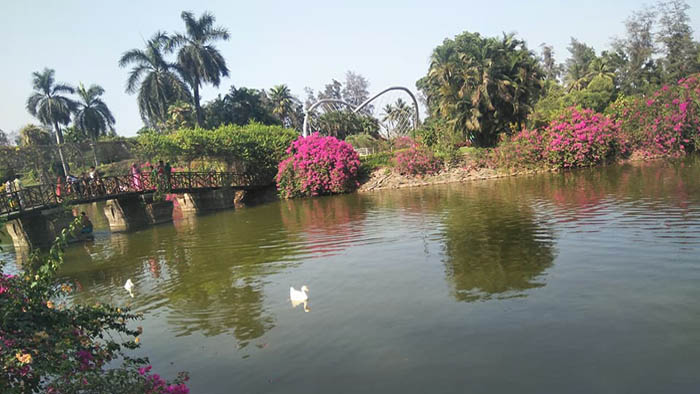
Silvassa has a Vandhara garden, which is near the Bagh River. Large lawns and tents are installed in this garden. This place is the most suitable place for a picnic. There is also a small zoo and a children’s park in Silvassa. All the facilities for the entertainment of children have been provided here. There are many things to play with in this garden for different colored birds, monkeys, pythons, crocodiles, and children.
The Vanganga Lake and Island Garden Dadra is a 5 km travel from Silvassa and is a lush green garden with quaint wooden bridges, thatched huts, paddle boats, and jogging paths. It is a sought-after location for Bollywood, to film song sequences.
On the way to Khanvel, Satmalia has a wildlife sanctuary with many species of antelope. Many other animals – including sambhar and chital deer, and blackbucks – and a wide variety of birds – including the flameback woodpecker, peacocks, and thrushes – can be spotted. The machan (watchtower) near the water hole provides an incredible panoramic view of the sanctuary and Madhuban Dam.
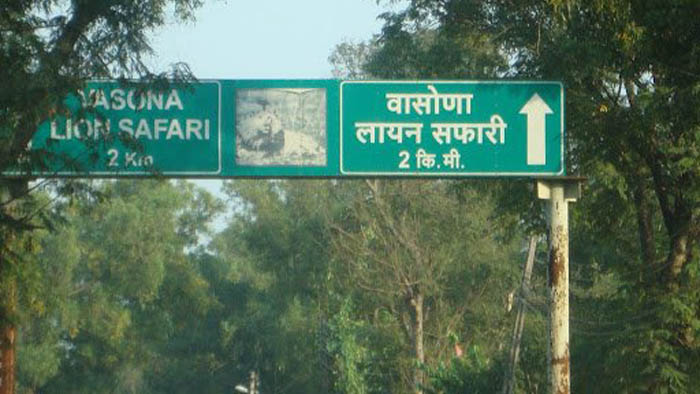
The famous Lion Safari at Vasona, spread over 20 hectares, is a huge attraction. Visitors are driven in vans that are fitted with net mesh screens to admire the lions in their natural habitat.





